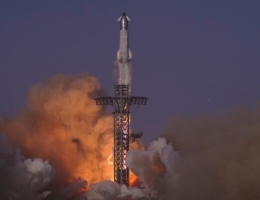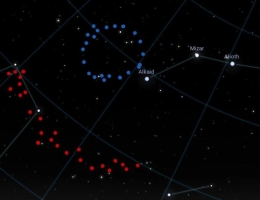
Jupiter Was Once Twice Its Current Size, Study Reveals
A recent study has uncovered that Jupiter was significantly larger in its early years, with a magnetic field far stronger than it has today. Researchers estimate that just 3.8 million years after the solar system’s first solid objects formed, Jupiter had twice its current size and a magnetic field 50 times stronger than its present state.
The findings, published in Nature Astronomy, were led by Konstantin Batygin, a planetary science professor at the California Institute of Technology. Batygin emphasized that understanding Jupiter’s early evolution is crucial to piecing together the formation of the solar system.
Tracing Jupiter’s Early Structure
To reconstruct Jupiter’s primordial conditions, Batygin and his team bypassed conventional planetary formation models, which often rely on assumptions about gas accumulation rates. Instead, they focused on Amalthea and Thebe, two of Jupiter’s lesser-known moons.
Scientists believe these moons’ slightly tilted orbits have remained unchanged since the solar system’s early days. By analyzing these orbital tilts, researchers were able to estimate Jupiter’s original size and magnetic strength.
According to their calculations, early Jupiter had a volume capable of holding over 2,000 Earths, compared to its current capacity of 1,321 Earths.
Jupiter’s Role in Shaping the Solar System
While the study does not directly explore how Jupiter’s immense early size influenced the solar system, it highlights the planet’s pivotal role in shaping its overall architecture.
These insights bring scientists closer to understanding how Jupiter—and the solar system as a whole—evolved over billions of years.





